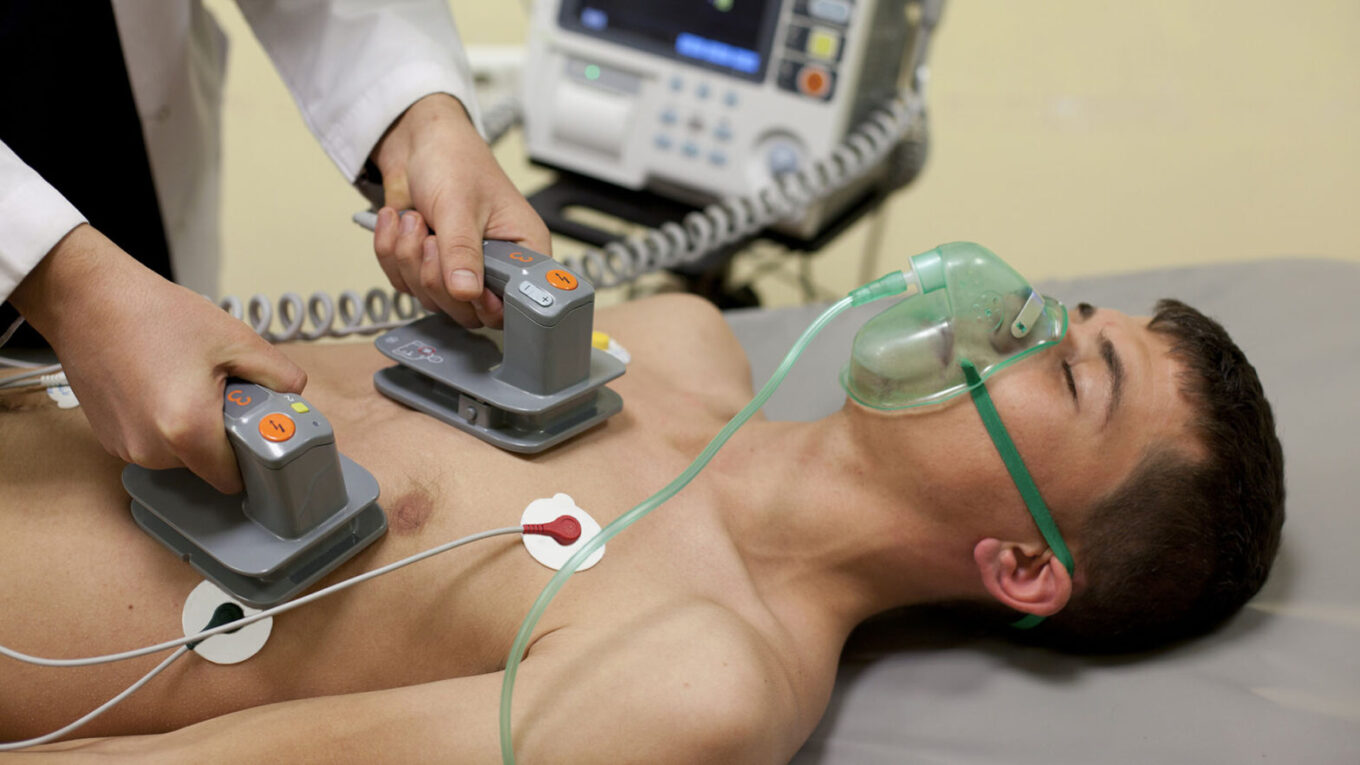Heart diseases are one of the leading causes of deaths globally. According to World Health Organization, cardiovascular diseases (CVDs) account for over 17.9 million deaths each year. While modern medicines and treatments have significantly improved survival rates and quality of life of heart patients, there is still a need for more advanced therapies for severe heart conditions. In recent years, cardiac assist devices have emerged as a promising treatment option that can help patients with advanced heart failure bridge the time to recovery or until they get a heart transplant. In this article, we will explore the different types of cardiac assist devices available and how they are improving lives of heart patients.
Types of Cardiac Assist Devices
There are different types of cardiac assist devices used depending on the severity of the heart condition and patient needs:
Intra-aortic Balloon Pump (IABP): IABP is a temporary device placed in the aorta to help the heart pump more effectively. It helps increase blood flow during the heart’s pumping cycle and reduces workload on the heart. IABPs are typically used short-term (few days) in cardiac ICU patients requiring hemodynamic support.
Ventricular Assist Devices (VADs): VADs are mechanical pumps placed inside the body to partially or completely take over the pumping function of the weakened ventricles (left or right side of the heart). Based on the placement and pumping action, VADs are classified as:
– Left Ventricular Assist Devices (LVADs): These devices are implanted to support the left ventricle and increase blood flow to the body. LVADs play an important role in bridging patients to heart transplant or long term support.
– Right Ventricular Assist Devices (RVADs): As the name suggests, RVADs are used to support the right ventricle. They are often used along with LVADs in cases where right ventricular function is also severely compromised.
– Biventricular Assist Devices (BiVADs): For patients requiring support of both left and right sides of the heart, a BiVAD can be implanted to take over pumping of both ventricles.
Total Artificial Heart (TAH): A TAH is a complete replacement for both ventricles and valves of a patient’s natural heart. It is implanted for patients with severe, irreversible biventricular failure as a permanent treatment option instead of heart transplant. TAHs require patients to remain connected to an external driver through tubes connected to the skin.
Effectiveness of Cardiac Assist Devices
Cardiac assist devices have proven highly effective in improving survival and quality of life in severe heart failure cases:
– VADs are shown to reduce one-year mortality rates by over 50% in advanced heart failure patients waiting for transplant compared to optimal medical management alone.
– Data from INTERMACS registry involving over 15,000 VAD implantations found 1-year survival rate with LVAD implant to be over 80% and two-year rate over 70%. This was drastically better than medical management.
– Studies observed improved functional status and abilities to perform daily tasks in over 90% of VAD recipients post implantation.
– TAH as permanent treatment has allowed many end-stage heart failure patients to return to an active lifestyle with 5-year survival rates exceeding 50% in recent studies.
– When implanted early ahead of worsening symptoms, VADs have demonstrated potential to reverse effects of heart failure in some patients through left ventricular remodeling.
Complications and Future Advancements
While Cardiac Assist Devices have revolutionized care for advanced heart failure, they are also associated with certain risks:
– Bleeding, blood clots and strokes are some major complications reported with long term VADs. Careful management of anticoagulation is needed.
– Device malfunctions, infections at implantation site and pump thrombus formation are other risks requiring close monitoring by specialized teams.
– Size, reliability and mobility remain ongoing challenges especially with long-term VAD technologies. Batteries and external drivers limit patient mobility.
To address current limitations, researchers are working on developing:
– Smaller, lighter weight and more durable VAD technologies for wider patient eligibility and better quality of life.
– Mechanically and biologically integrated VADs that obviate need for external components through energy harvesting or biological tissues.
– Improved material choices, antithrombotic coatings and designs to minimize clot formation risks.
– Next-gen control systems with algorithms incorporating patient activity levels and biomarkers for more physiologic support.
– Artificial heart technologies not reliant on immunosuppression through tissue engineering of living heart muscle patches.
Cardiac assist devices have thus far allowed thousands of patients to return to an active life who would have otherwise faced heart transplant as the only option. With continuous innovations, these life-saving therapies have the potential to benefit many more people suffering from end-stage heart failure in the future.
*Note:
1. Source: Coherent Market Insights, Public sources, Desk research
2. We have leveraged AI tools to mine information and compile it

